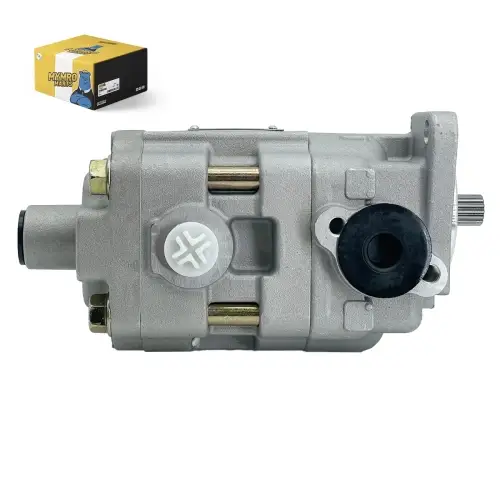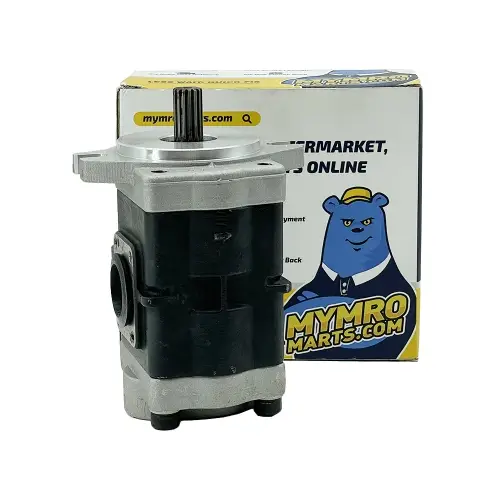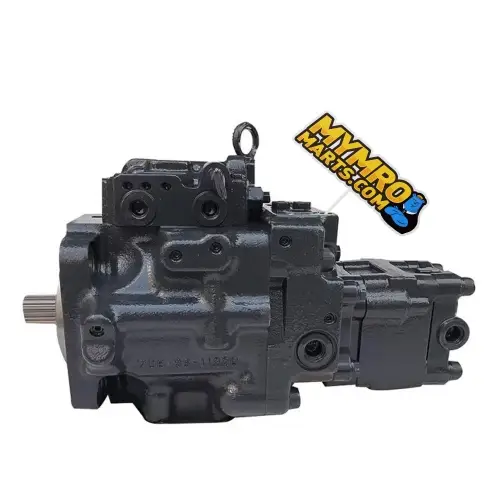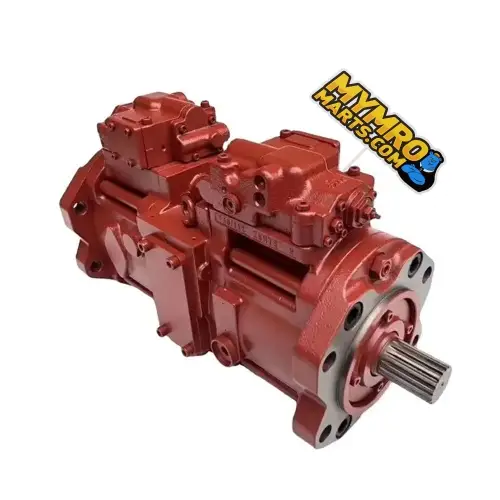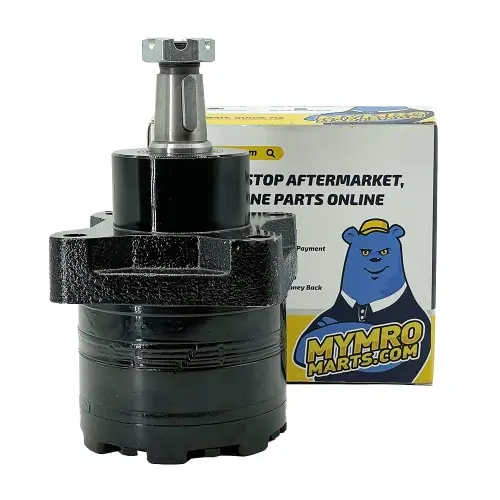Hydraulic Pumps VS Hydraulic Motors: Understanding the Similarities and Differences
Hydraulic components are essential for the operation of various industrial machines, and hydraulic pumps and hydraulic motors are two key components found in every excavator. However, some people often confuse the two and may not understand their structures and working principles. In this blog, we will explore the similarities and differences between hydraulic pumps and hydraulic motors.
Hydraulic Pump Vs Hydraulic Motor
Similarities between Hydraulic Motors and Hydraulic Pumps:
Reversibility: The principle of hydraulic motors and hydraulic pumps is reversible. If driven by a motor, the output is hydraulic energy in the form of pressure and flow, which is a hydraulic pump. If pressure oil is input, the output is mechanical energy in the form of rotation torque and speed, and it becomes a hydraulic motor.
Structural Similarities: Hydraulic motors and hydraulic pumps share a similar structure. They both have a casing, a rotating group, and an oil distribution system. The rotating group consists of a rotor and a stator. The rotor rotates within the stator, and the oil distribution system delivers the oil to the rotating group.
Working Principle: The working principle of hydraulic motors and hydraulic pumps is also similar. Both use the change of sealed working volume to absorb and discharge oil. In hydraulic pumps, oil is sucked when the working volume increases, and high-pressure oil is discharged when the working volume decreases. In hydraulic motors, high-pressure oil enters when the working volume increases, and low-pressure oil is discharged when the working volume decreases.
Difference Between Hydraulic Motor And Hydraulic Pump
Differences between Hydraulic Motors and Hydraulic Pumps:
Function: The hydraulic pump is an energy device, and the hydraulic motor is an actuator. The hydraulic pump is a conversion device that converts the mechanical energy of the motor into hydraulic energy. It outputs flow and pressure, and high volumetric efficiency is desirable. The hydraulic motor is a device that converts the pressure energy of the liquid into mechanical energy. It outputs torque and speed, and high mechanical efficiency is desirable.
Structure: The structure of the hydraulic motor is symmetrical, whereas some hydraulic pumps (such as gear pumps, vane pumps, etc.) have clear regulations on the steering and can only rotate in one direction. The direction of rotation cannot be changed arbitrarily.
Oil Leakage Port: The hydraulic motor has a separate oil leakage port, whereas the hydraulic pump generally only has the oil inlet and outlet (except for the axial piston pump), and the oil leakage in it communicates with the oil inlet.
Volumetric Efficiency: The volumetric efficiency of the hydraulic motor is lower than that of the hydraulic pump. This is because the hydraulic motor has more internal leakage due to the need to accommodate the oil leakage port and the reverse rotation.
Working Speed: The working speed of the hydraulic pump is relatively high, while the output speed of the hydraulic motor is low. Additionally, the oil suction port of the gear pump is large, and the oil discharge port is small, while the suction port and the oil discharge port of the gear hydraulic motor are the same size.
Applications of Hydraulic Motors and Hydraulic Pumps:
Hydraulic pumps and motors are used in various applications, including industrial machines such as excavators, bulldozers, and cranes. In excavators, hydraulic pumps are used to convert the mechanical energy of the engine into hydraulic energy to drive the hydraulic motors that operate the excavator's boom, arm, and bucket. The hydraulic motor, in turn, converts the pressure energy of the hydraulic oil back into mechanical energy to move the machine's mechanical components.
Conclusion:
Hydraulic pumps and hydraulic motors are critical components in various industrial applications, including excavators. Although they share similarities in structure and working principles, there are significant differences between the two components. It is essential to understand these differences to ensure proper selection and maintenance of these components to optimize their performance and longevity.
Looking for hydraulic parts for your heavy equipment? Look no further than MyMROmarts! We are your one-stop shop for aftermarket, OEM, and genuine parts, with over 50,000 parts in stock and fast delivery within 2-7 days. Plus, we offer a 30-day return/exchange policy and 100% secure payment options. Shop now and get the parts you need for your equipment!
 Track Your Order
Track Your Order





